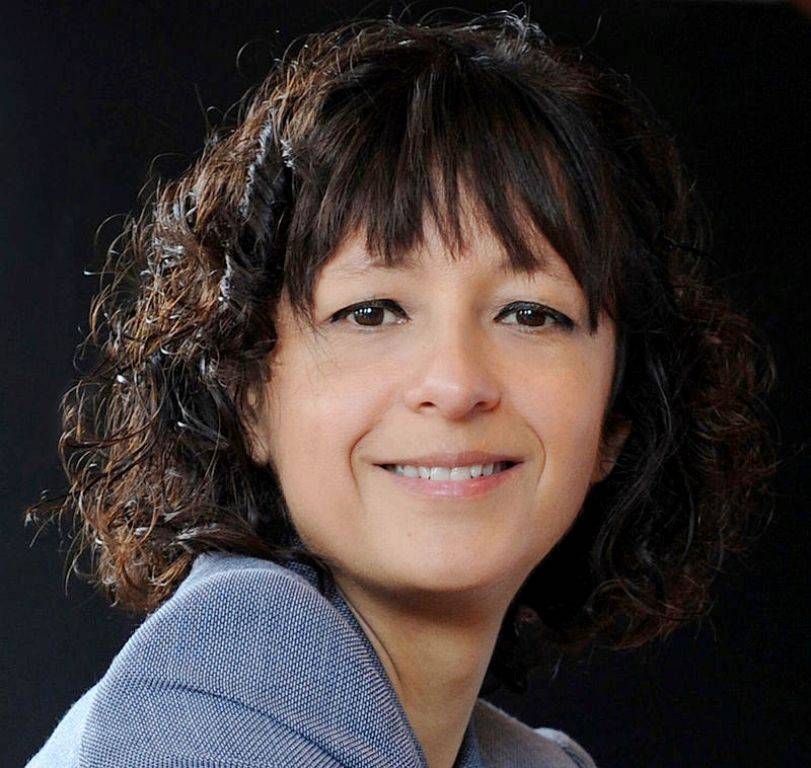
College days have been brimming with imaginations of unheard technologies and their possibilities and genome editing was one of them. What was unheard and distant seems like so near and doable. The technologies in molecular biology are astounding and CRISPR gene editing is one of them.
CRISPR stands for Clustered Regularly Interspaced Short Palindromic Repeats, are segments of DNA of a particular structure found widely in bacteria and prokaryotes. CRISPR Gene Editing was devised in 2012 and it exploits a natural DNA-snipping enzyme in bacteria, Cas9, to target and edit particular genes. The target sequence of the DNA is recognized by a matching sequence on a “guide RNA” molecule carried alongside Cas9. Respective genes could be pasted into a genome. CRISPR sequences are found in nearly all archaeal genomes and in about half of bacterial genomes, rendering them the most widely distributed family of repeated sequences in prokaryotes
Jennifer Anna Doudna and Charpentier were jointly awarded the 2020 Nobel Prize in Chemistry for their discovery of CRISPR-Cas9.
Jennifer Anne Doudna is the Li Ka Shing Chancellor's Chair Professor in the Department of Chemistry and the Department of Molecular and Cell Biology at the University of California, Berkeley. She has been an investigator with the Howard Hughes Medical Institute since 1997.
Emmanuelle Marie Charpentier is a French professor and researcher in microbiology, genetics and biochemistry. Since 2015, she has been a Director at the Max Planck Institute for Infection Biology in Berlin. In 2018, she founded an independent research institute, the Max Planck Unit for the Science of Pathogens.
Doudna and Charpentier are the first all-female winners of the Chemistry Prize, and Doudna is the first female faculty member at University of California, Berkeley to earn the honor. It is a genome editing technology which allows scientists to edit DNA from virtually any living thing with a precision and ease never before possible. They had already done research and presented their paper in 2012 and found out the ability of bacteria of snipping out genes. Viruses cannot copy their own genomes by themselves and they need to co-opt other organisms. This technique is used for possible treatments for human diseases ranging from cancer to HIV as well as in agriculture for ways to make plants drought and pest resistant. Simply put CRISPR-Cas9, is a system that gave researchers the molecular “scissors” to precisely cut DNA wherever they wanted.
How to exploit CRISPR is researched on we find that this could lead to life-saving and highly sought-after new therapies. No specialized training or equipment is needed to use the technology nut one needs a license to use it. But one needs to be more careful about the possible abuse with this technology also.















